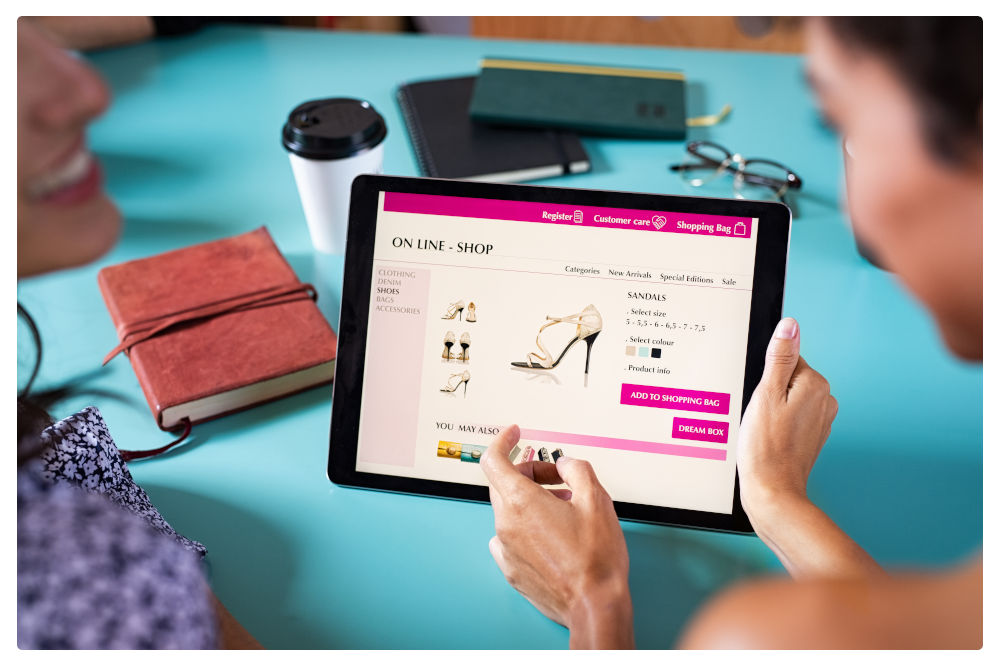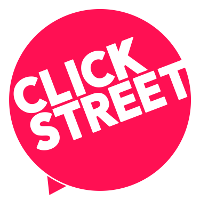 Product pages are one of the most important pages of a website. In many cases, this is where the final decision is made – ‘to buy, or not to buy, that is the question’. If you want to know how you can turn a generic product page into an optimised page that converts traffic into leads and sales, read on.
Product pages are one of the most important pages of a website. In many cases, this is where the final decision is made – ‘to buy, or not to buy, that is the question’. If you want to know how you can turn a generic product page into an optimised page that converts traffic into leads and sales, read on.
Basic SEO
Keyword Research
The first thing to do when optimising a product page for search engines is to follow the basic rules of search engine optimisation. This means before you can begin optimising you’re going to have to do some keyword research. You need to find out what keywords your target audience uses when searching for your products.
There are a number of free online tools that you can use to perform keyword research such as Google’s Keyword Planner and Moz’s Keyword Explorer. If you’re not sure how to find the right keywords for your products and audience, click here for a step-by-step guide on how to choose keywords.
Optimise Page Elements
Once you have selected your target keywords, you will need to optimise each page element on each product page to include your chosen keywords for each product. Page elements to optimise include:
- Title Tag
- Meta Description
- Image Alt Attributes
- Header Tags
- Body Text
If you don’t know how to add your target keywords to the page elements click here for full instructions on how to edit each page element.
Add Internal Links
You should also include internal links on your product page to help user navigation as well as improve site structure. Internal links should be made using relevant anchor text (this is the text that you click on to follow the link). For example, if you have a product page for cowboy boots that mentions cowboy hats – another product you sell – link from the text “cowboy hats” to your cowboy hats product page. This ensures that users are directed to a highly relevant page when clicking on the anchor text.
Avoid Using Duplicate Content
Finally, as with every other page on your website, ensure that the content on your product page is unique. Using copied text (such as a product description copied from the manufacturer’s website) means that you are not taking full advantage of the opportunity to use the product description to increase conversions. Additionally, search engines may penalise your website if duplicate content is detected which will negatively affect your website’s rankings.
Audience Research
Audience research is an important step in creating product pages that convert. You need to find out who your audience is in order to create content that will resonate with them. There are plenty of online tools available to help with your audience research such as Google Analytics and Facebook Ads Manager. These tools provide important information about your site visitors including age, gender, location, which browser they, use and which device they use to browse.
Once you have gathered information about your audience, you will be able to tailor the content on your product pages to resonate with them. For example, if your target audience is a younger demographic that tends to use mobiles when browsing online, ensure that your website is mobile friendly.
You can also use language that your target audience is familiar with to further increase the performance of your page. For example, if you’re selling directly to customers, you should avoid using industry terminology that they likely won’t understand. Conversely, if you’re a manufacturer selling to businesses, using industry terminology may improve sales as it will make your brand appear more professional and authoritative.
Focus On User Experience
One of the most important things to do when optimising any webpage, including product pages, is to focus on user experience. Optimising for search engines alone has become a thing of the past, as search engines now use user interactions to help determine rankings.
This is because, the better the user experience is, the more likely they are to stay on the page (reducing bounce rate), purchase a product (increasing sales), and tell others about their great experience (creating social proof). Ergo, improving user experience will also improve your SEO.
So how can you improve the user experience on your product pages?
Use Quality Photos
Use clear, high quality product photos to improve the user experience of your product page. Additionally, quality photos can increase sales by displaying your products in the best light.
Create Detailed Product Descriptions
Consumers look to search engines when making purchasing decisions as it is a quick and easy option when compared to visiting multiple stores to compare products. However, this means that it is essential to create detailed product descriptions including all relevant specifications to allow users to perform their own product comparisons.
After all, if you were choosing between two products, one with a detailed description including a full list of specifications, and another with a generic description and no specific product details, which would you choose?
Display Social Proof
Social proof is extremely important when optimising a product page to convert, and prominently displaying online reviews is one of the best ways to do this. In fact, 72% of consumers will only take action after reading positive reviews about the business. Providing that information on your product page will prevent users from navigating away from your website to find reviews and becoming distracted, or potentially finding negative reviews. Plus, product pages with customer reviews convert 58% more visitors than pages without reviews.
Not only will social proof help increase the conversion rate of your product pages, it can also increase the amount your potential customers decide to spend. This is because customers are likely to spend 31% more on the products and services of a business with positive online reviews.
There are many forms of social proof that can be used to improve the performance of your product pages including:
- Online Reviews
- Star Ratings (out of # reviews)
- Testimonials from industry partners
- Logos of well-known brands that use and trust your products (eg. trusted by…)
Another way to optimise your product pages with social proof is to enable customer reviews. This allows customers to leave product reviews directly on your website which builds trust for your brand.
Use Clear CTAs
Last, but equally as important, product pages should include clear CTAs (calls to action) that are visible at every point of the product page.
Some examples of common CTAs on product pages would be a “buy now” or “add to basket” button, contact forms, and click-to-call buttons. Whatever action you want consumers to take should be reflected in the CTAs on the page.
Making the CTA visible on every point of the page (for example, a button that moves as you scroll or a range of different CTAs spread throughout the page) is important as you need to make the next step in the purchasing process as clear and simple as possible.
Some users may decide to buy without even having to scroll, whereas others may read all of the content on the page before deciding to make a purchase. No matter what point of the page a user is at when they decide to buy, there needs to be an obvious and easy way for them to follow through with that decision. If not, you could be missing out on sales simply because the user didn’t know how to proceed.
In summary, if you can perform thorough keyword and audience research, optimise your product pages for user experience, and add compelling social proof and CTAs, your product pages will be in much better standing both to rank well in search engine results, and to convert more site visitors into leads and sales.

